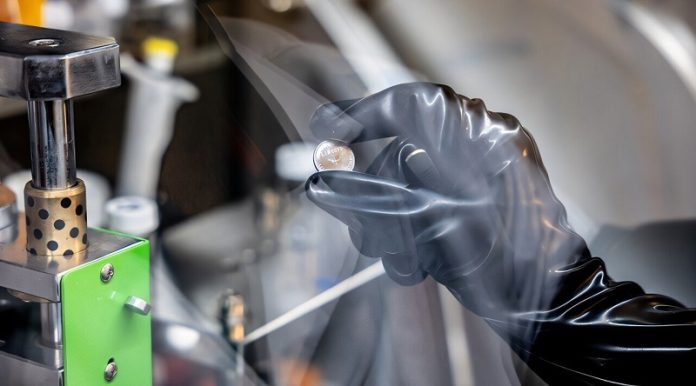
As the world moves toward electric vehicles and cleaner energy, the demand for better batteries is growing fast.
But with that demand comes a hidden danger—PFAS, often called “forever chemicals.”
PFAS are used in many products, including some parts of batteries. These chemicals don’t break down easily and have been found in our water, air, soil, and even our blood. Some PFAS are linked to health problems like cancer, fertility issues, and weakened immune systems.
Chibueze Amanchukwu, a professor at the University of Chicago’s Pritzker School of Molecular Engineering, wants to stop PFAS pollution before it starts.
“We keep creating amazing new technologies, then realize later they’re bad for the environment,” he says.
His lab is doing things differently by designing battery materials that never use PFAS in the first place.
In two recent research papers, Amanchukwu’s team introduced two new families of PFAS-free solvents—liquid materials that help batteries work.
These solvents are made for next-generation batteries, like lithium-ion and lithium-metal batteries, which are used in electric cars and may soon be used in large energy storage systems.
Batteries today use only a small amount of PFAS, but future battery designs may rely more heavily on them to meet high-performance demands like fast charging and low-temperature operation.
Amanchukwu warns that current research trends often turn to more fluorinated (PFAS-like) chemicals when trying to improve batteries.
To solve this, his team developed safer alternatives. One set of solvents is partially fluorinated but not classified as PFAS. The other set contains no fluorine at all. These new materials performed just as well—or even better—than traditional PFAS-based solvents.
For example, their lithium-metal battery designs showed stronger ion connections and held their charge longer. Their lithium-ion batteries lasted longer, worked better at extreme temperatures—from -40°C to 60°C—and charged faster. When needed, the team also added other safe chemicals (not PFAS) to improve performance, such as creating protective coatings on battery parts.
Importantly, these safer materials are also easier to break down if they ever enter the environment. “If you only have one fluorine group, it’s easier to degrade,” says Amanchukwu.
Besides being better for the environment and public health, this research could also help avoid future legal issues. Amanchukwu explains, “There’s a big risk in using materials that might be banned later. It’s smarter to design safe alternatives now.”
With this work, the team hopes to turn “forever chemicals” into “never chemicals” and lead the way to cleaner, safer batteries for the future.



